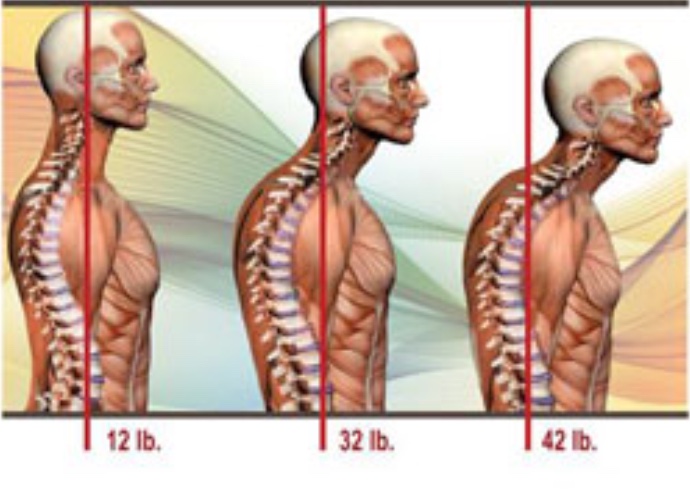
week 15 Spinal Syndromes
Postural Syndrome
A postural syndrome is the result of prolonged postures or positions that can affect joint surfaces, muscles, or tendons. Pain may be local and reproducible when end range positions, such as slouching, are maintained for sustained periods of time. Repeated movements do not change symptoms in postural syndrome patients, and response (i.e. pain relief) is usually immediate.
It is valuable to have the patient perform poor postural positions followed by the symptom-abolishing positions in order for them to 'understand' what is leading to their discomfort and train patients to avoid them.
Dysfunction Syndrome
The dysfunction classification is so named because it implies some sort of adaptive shortening, scarring, or adherence of connective tissue causing discomfort. A dysfunction may be intermittent or chronic, but its hallmark is a consistent movement loss and pain at the end range of movement. When the patient moves away from end range their pain is decreased.
Successful treatment takes time because it focuses on tissue remodeling which requires constant attention. Patient education is critical for this syndrome, because the patient will need to understand that remodeling tissue can be slow and often uncomfortable because the exercises prescribed are intended to challenge any adhesions or tissue scarring that has occurred.
Derangement Syndrome
The derangement classification is the most common syndrome that presents clinically. Its hallmark is its sensitivity to certain movements and its preference for particular movement patterns. When certain movements are performed, such as a flexion and/or extension (bending or straightening) the symptoms (e.g. low back pain) become either more central (e.g. just in the low back) or less intense.
Upper cross syndrome refers to the upper part of the body, namely the neck/upper back/chest/shoulder areas. Lower cross syndrome refers to the lower part of the body surrounding the pelvis/lower back/abdominal/upper thigh areas.


